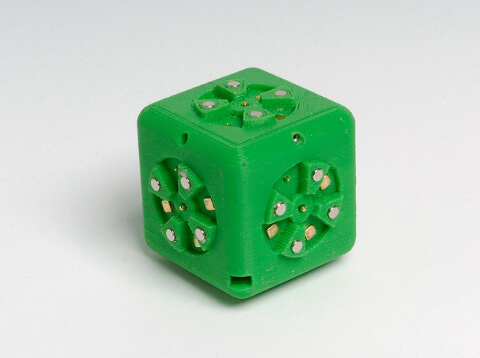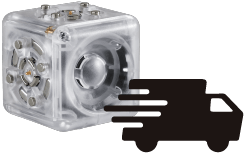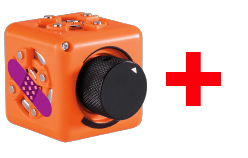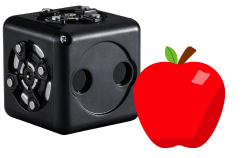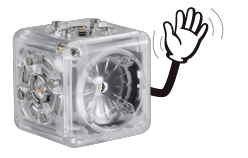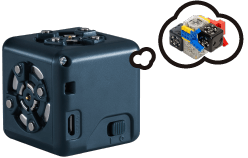
Our roBlocks prototype (above) uses seven tiny magnets on each face of each cube. On each connector, there are protruding keys (with silver cylinder magnets) and recessed keys (with gold cube magnets). When you put two blocks together, the cylinders (polarized N) attract the cubes (polarized S) and (click!) the magnetic attraction force holds them together. Little magnets are expensive, though, and can also be dangerous if little kids can get their hands on them. So we’re thinking about replacing the recessed magnets with regular old steel, but I had a hard time figuring out how this would effect the magnetic attraction force. Would it reduce it by 50% since we’re eliminating one magnet? Would it be the same since the single magnet induces poles in the steel? I asked some of the engineers in my lab and they had answers as varied as mine. I even called my friend Pete who’s an astrophysicist at a Lawrence Livermore, but that just led to a lot of mumbling and Greek letters. Finally, I broke down and called a magnet store. Their answer? Replacing one of the magnets will generally reduce the attraction force by about 15%. So there you go.
